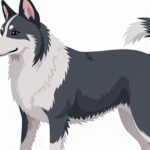Many people search for the top 10 dumbest dog breeds or canine intelligence ranking lists, but here’s the truth: no dog breed is actually dumb. Some breeds like Afghan Hounds and Basset Hounds appear on Stanley Coren’s famous “least intelligent” list, but these dogs aren’t slow learners.
They’re just independent thinkers who were bred for specific jobs that don’t require constant human direction. Let’s explore why these so-called “dumbest dogs” are actually quite brilliant.
What Actually Makes a Dog Smart or Slow?
Dog intelligence isn’t black and white. A Border Collie might learn tricks faster than a Bloodhound, but that same Bloodhound can track scents better than any herding dog.
Dr. Nicholas Dodman from Tufts University explains it perfectly: “How smart dogs appear to be depends on the test.” He had two dogs – one seemed lazy while the other was hyperactive. But on hiking trails, the “lazy” coonhound became brilliant at his natural job.
The problem is we judge canine intelligence based on human standards. We want dogs who:
- Follow commands quickly
- Learn tricks easily
- Pay attention to us
But many breeds were created to think for themselves, not follow orders.
How Dog Intelligence Is Really Measured
Stanley Coren, the psychologist behind the famous book The Intelligence of Dogs, identified three types of dog intelligence:
Instinctive Intelligence: How well a dog does the job it was bred for (like herding dog breeds moving sheep or hunting dog breeds tracking prey)
Adaptive Intelligence: How dogs solve problems and learn from experience
Working Intelligence: How easily dogs learn when humans teach them
Most dog intelligence ranking lists focus only on working intelligence. This creates unfair breed stereotypes because some dogs excel at independent thinking rather than obedience.
The Science Behind Canine IQ Rankings

The University of Helsinki conducted a massive study between 2016 and 2022, testing over 2,300 dogs using the smartDOG test battery. They measured:
- Problem-solving ability
- Social cognition
- Memory skills
- Communication skills
- Persistence
Surprisingly, Golden Retrievers (usually considered very smart) scored lowest on problem-solving tasks. More than 20% couldn’t solve puzzles in three minutes. Meanwhile, Belgian Shepherd Malinois performed best.
Dr. Brian Hare from Duke University points out a major flaw in canine intelligence research: “Most breeds are only 150 years old, so there is very little to distinguish them.” He’s seen as much variation within breeds as between them.
Why “Dumb” Dogs Are Just Different, Not Dense
The truth about stubborn dog breeds is they’re not stupid – they’re independent.
Gina DiNardo from the American Kennel Club says: “What we humans may perceive as an animal being ‘dumb’ may be independence, stubbornness, or aloofness, which are common characteristics in many breeds.”
Think about it: Is a dog dumb for not obeying, or smart for thinking independently? Police dogs like German Shepherds follow orders perfectly, but scenthound breeds like Beagles make their own decisions while tracking.
The 10 Least Trainable Dog Breeds (And Why)
Here are the breeds often labeled as the “dumbest dogs” and why they’re actually brilliant:
Afghan Hound: Independent Hunter, Not Slow Learner
Afghan Hounds top most “dumbest dog breeds” lists, but they’re sighthound breeds built for speed and independent hunting. Their aloof temperament and stubborn nature make training challenging, but they’re incredibly loyal and playful with family.
These elegant dogs prefer thinking for themselves rather than following commands. They’re not slow – they’re selective about when to listen.
Basenji: Cat-Like Intelligence Misunderstood
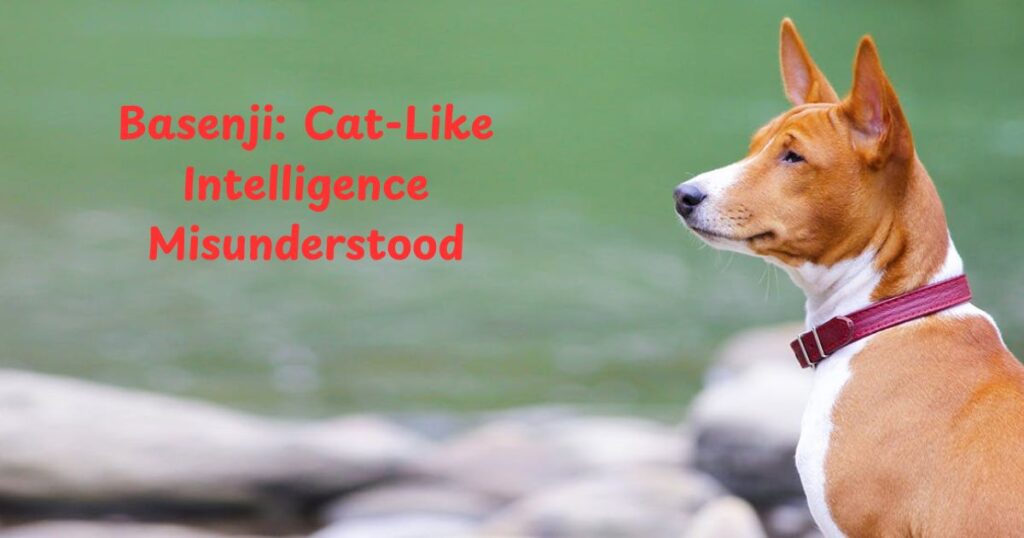
Basenjis have cat-like intelligence that confuses many owners. They groom themselves like cats and can be just as independent. Their curiosity gets them into trouble, proving they’re smart enough to find mischief.
The Basenji’s independence makes them seem disobedient, but they bond strongly with owners while remaining wary of strangers – exactly what they were bred to do.
Bulldog: Stubborn Spirit vs. True Smarts
Bulldogs earn their reputation for stubbornness, but have you seen the famous skateboarding and surfing Bulldogs? Clearly, they can learn complex skills when motivated.
The American Kennel Club actually rates Bulldogs as quite trainable. Their laid-back temperament might seem lazy, but many enjoy active pursuits beyond couch-sitting.
Chow Chow: Guardian Instincts Over Obedience
Chow Chows look like teddy bears but think like guard dogs. Their aloof nature and independence stem from their original jobs as hunters and protectors.
These dogs are intelligent but strong-willed. They need early socialization and positive training, not because they’re dumb, but because they’re naturally serious and reserved.
Borzoi: Sighthound Skills Trump Training Tests
Another sighthound that values independence over obedience. Borzois are patient trainers’ dreams – they respond better to short, frequent sessions than long classes.
Their training difficulty comes from their instinct to chase and their preference for making decisions rather than following commands.
Bloodhound: Nose-First Intelligence
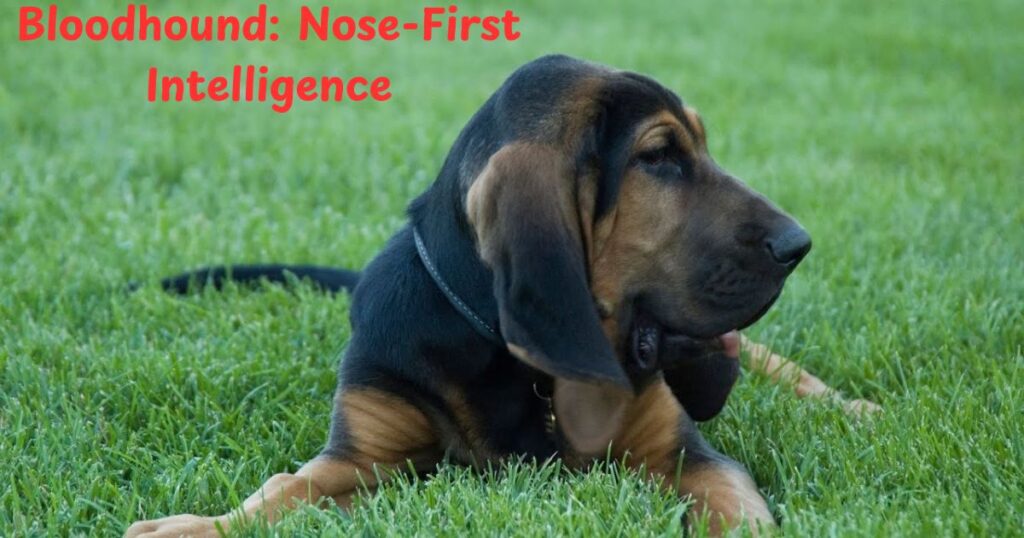
Bloodhounds live in a world of scent we can barely imagine. Their incredible nose skills make them seem distracted during training, but they’re just processing thousands of smells.
Their stubborn nature and high energy combine with relentless focus when tracking. Enter a Bloodhound in scent work, and watch their true intelligence shine.
Pekingese: Royal Aloofness Meets Sharp Mind
Pekingese were literally called “sleeve dogs” because Chinese royalty carried them in their sleeves. Can you blame them for expecting royal treatment?
Their lazy behavior might seem dumb, but it’s actually smart energy conservation. These affectionate dogs are devoted to family while maintaining their regal independence.
Beagle: Scent-Driven Focus Challenges Training
Beagles follow their noses first and human commands second. Their cheerful nature and food motivation make them easier to train than other hound breeds, but their scent drive can override training.
Their stubborn training reputation comes from their incredible focus on smells – a sign of intelligence, not stupidity.
Mastiff: Calm Intelligence Often Overlooked
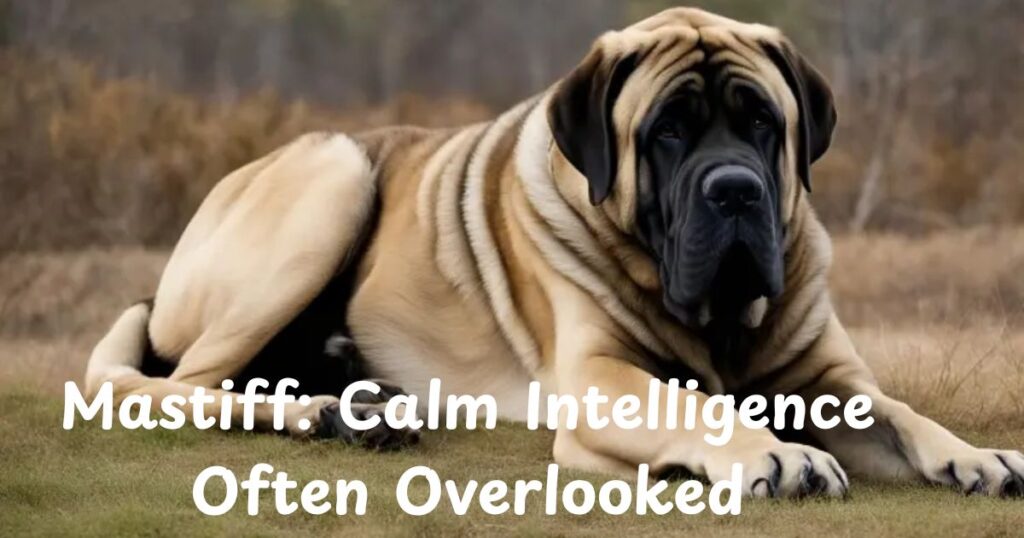
Mastiffs are so laid-back they might seem slow, but they’re actually quite bright. They get bored with repetitive training, preferring short, positive sessions.
Their calm intelligence makes them excellent guard dogs who can distinguish between real threats and normal activity.
Basset Hound: Low-Riding, High-Functioning
Like their scenthound cousins, Basset Hounds are brilliant at scent work but easily distracted during obedience training. Their stubborn nature requires lifelong training, but they’re affectionate and bright.
Their low-slung bodies might move slowly, but their minds work perfectly for their intended job.
Training Tips for “Difficult” Dog Breeds
Positive reinforcement training works best for independent dog breeds:
- Keep sessions short and fun
- Use high-value treats for motivation
- Start early socialization as puppies
- Be patient and consistent
- Find what motivates your specific dog
- Celebrate small victories
Remember: ease of training doesn’t measure true intelligence.
Different Dogs, Different Talents: Finding Your Breed’s Strength
Every breed excels somewhere:
Herding breeds like Border Collies and Australian Cattle Dogs are masters of obedience training
Scenthounds like Beagles and Bloodhounds excel at scent work
Sighthounds like Afghan Hounds and Borzois are brilliant hunters
Working breeds like German Shepherds and Rottweilers combine intelligence with loyalty
Instead of fighting your dog’s nature, work with their strengths.
The Truth About Canine Intelligence Research

Current dog cognition research has limitations. Dr. Brian Hare explains that proving the smartest dogs would require testing thousands of puppies raised identically – an impossible task.
Training and environment impact intelligence more than breed alone. A military Labrador acts completely differently from a therapy Lab, even though they’re the same breed.
The University of Helsinki study only tested 13 breeds, hardly enough for comprehensive rankings. Plus, factors like life experience and training history weren’t controlled.
Why No Dog Breed Is Actually “Dumb”
Dog intelligence exists on multiple levels. What looks like stupidity might be:
- Independence rather than disobedience
- Breed-specific intelligence we don’t recognize
- Different learning styles
- Lack of motivation, not ability
- Focus on instinctive rather than learned behaviors
Dr. Brian Hare says it best: “Different dogs are good at different things. And all of them are geniuses in their own way.”
The concept of “smartest to dumbest dogs” oversimplifies canine intelligence. Each breed brings unique skills developed over centuries of selective breeding.
Conclusion
The “25 dumbest dog breeds” or “100 dumbest dog breeds” lists miss the point entirely. Dogs labeled as the “dumbest dog in the world” are often incredibly skilled at their original jobs.
Afghan Hounds, Basset Hounds, and Chow Chows aren’t slow learners – they’re independent thinkers bred for specific purposes. True canine intelligence comes in many forms, and every dog breed brings special talents to the table.
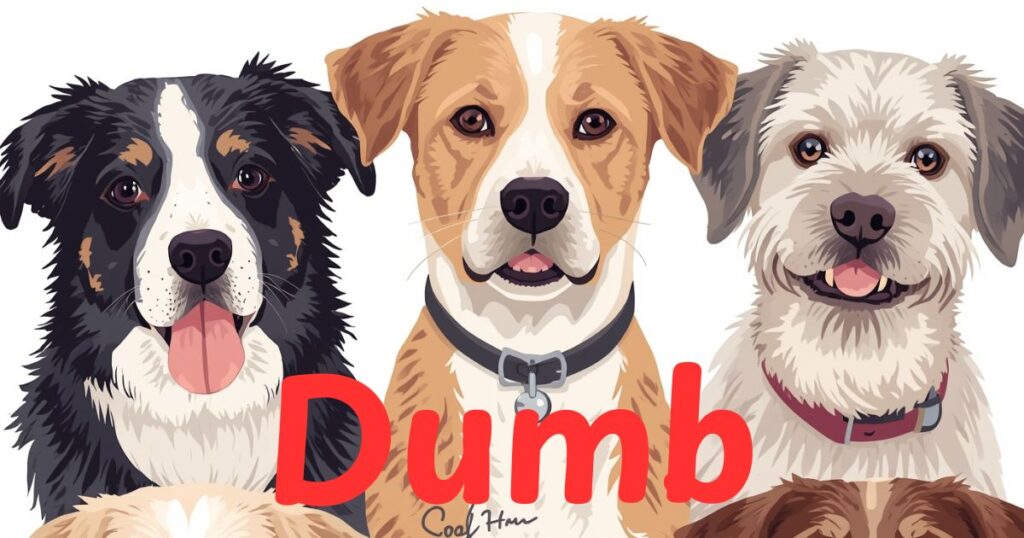


![Catahoula Leopard Dog: Complete Breed Guide, Traits & Care Tips [2025]](https://autocheezup.com/wp-content/uploads/2025/09/catahoula-leopard-dog-complete-breed-guide-traits-and-care-tips-2025-150x150.jpg)
